- Systems
- Equipment
- Services
- Industries
- About Us
- Resources
- Contact Us
Efficient mixing is essential to the reaction process. De Dietrich provides solutions customized to meet your process objectives, ensuring the integrity of your product.
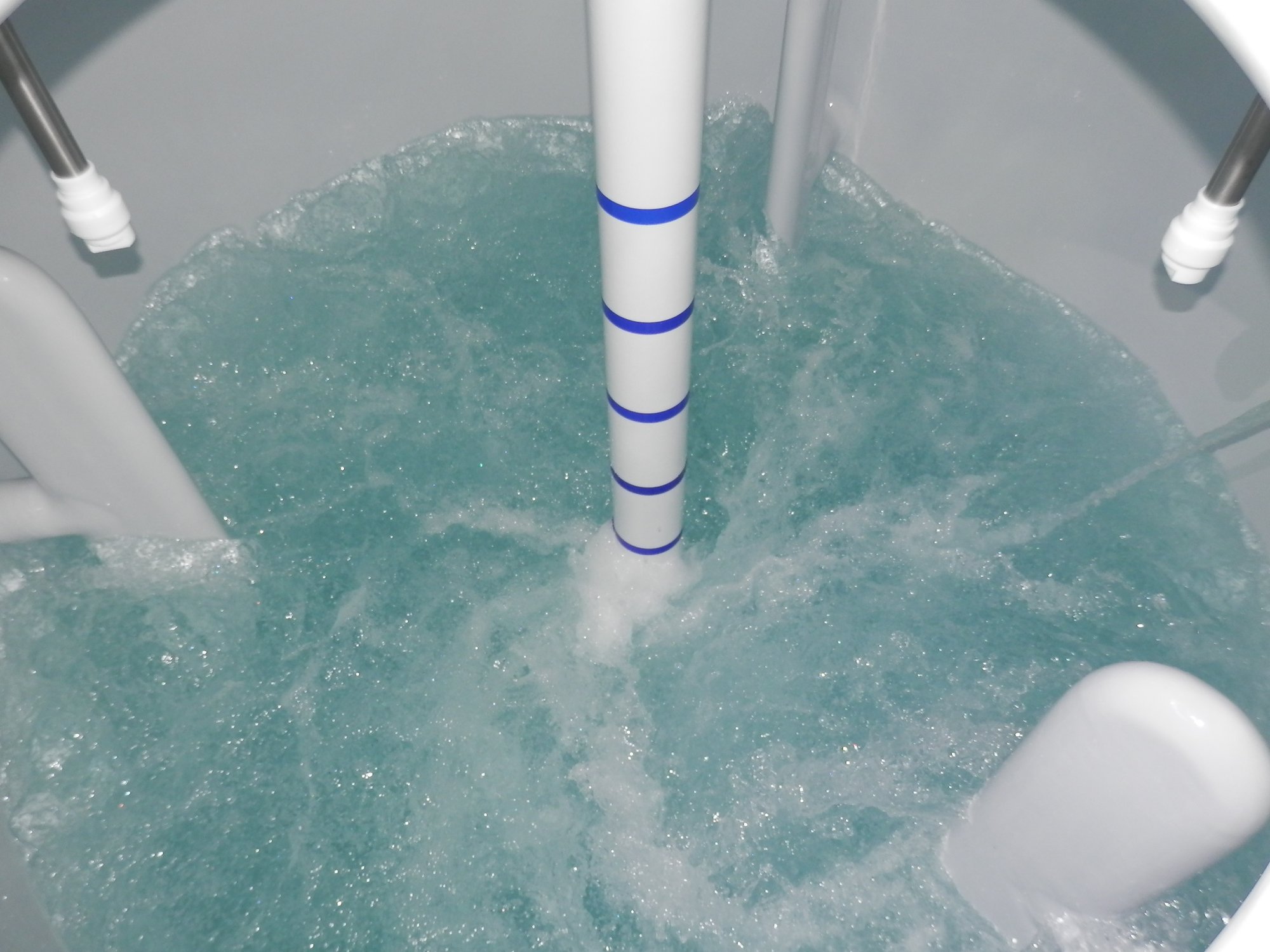
An agitation system consists of many components that work in tandem with one another to carry out a desired goal. Since the function of mixing can vary depending on the specifications of the process, De Dietrich Process Systems offers a wide selection of agitators, baffles, and associated equipment to optimize your mixing performance and gear it to meet your requirements.
In addition to traditional style agitators and baffles, DDPS also offers innovative new designs to further improve mixing performance. These arrangements are combined with the right drive and mechanical seal configuration to create a comprehensive mixing system that’s engineered for your unique process needs.
An agitation system consists of many components that work in tandem with one another to carry out a desired goal. Since the function of mixing can vary depending on the specifications of the process, De Dietrich offers a wide selection of agitators, baffles, and associated equipment to optimize your mixing performance and gear it to meet your requirements.
In addition to traditional style agitators and baffles, De Dietrich also offers innovative new designs to further improve mixing performance. These arrangements are combined with the right drive and mechanical seal configuration to create a comprehensive mixing system that’s engineered for your unique process needs.
Key concerns within chemical and pharmaceutical processes are improving performance and reducing production costs. Agitation, mixing and heat transfer are directly linked to these obstacles.
The constant improvement of glassing techniques makes it possible to optimize the profiles of agitator blades in glass-lined steel. Our research and development teams have perfected a formulation which offers optimal resistance to highly corrosive processes, impact and abrasion that also facilitates cleaning.
De Dietrich’s wide range of agitator options include our standard, patented GlasLock agitator design or traditional one-piece construction.
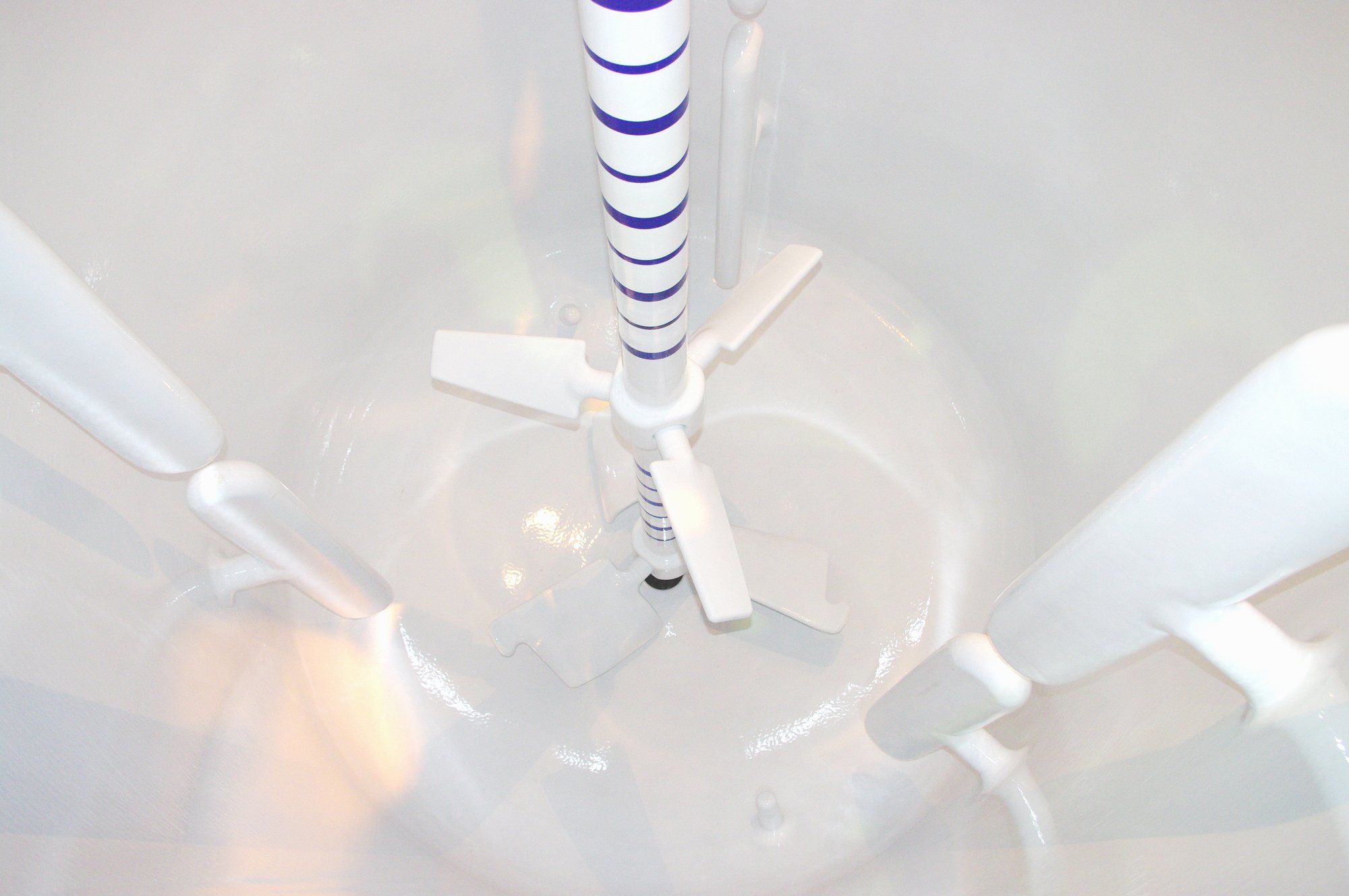
De Dietrich Agitators are available in an array of styles and tiers to carry out various flow patterns and regimes, handling a range of mixing objectives including:
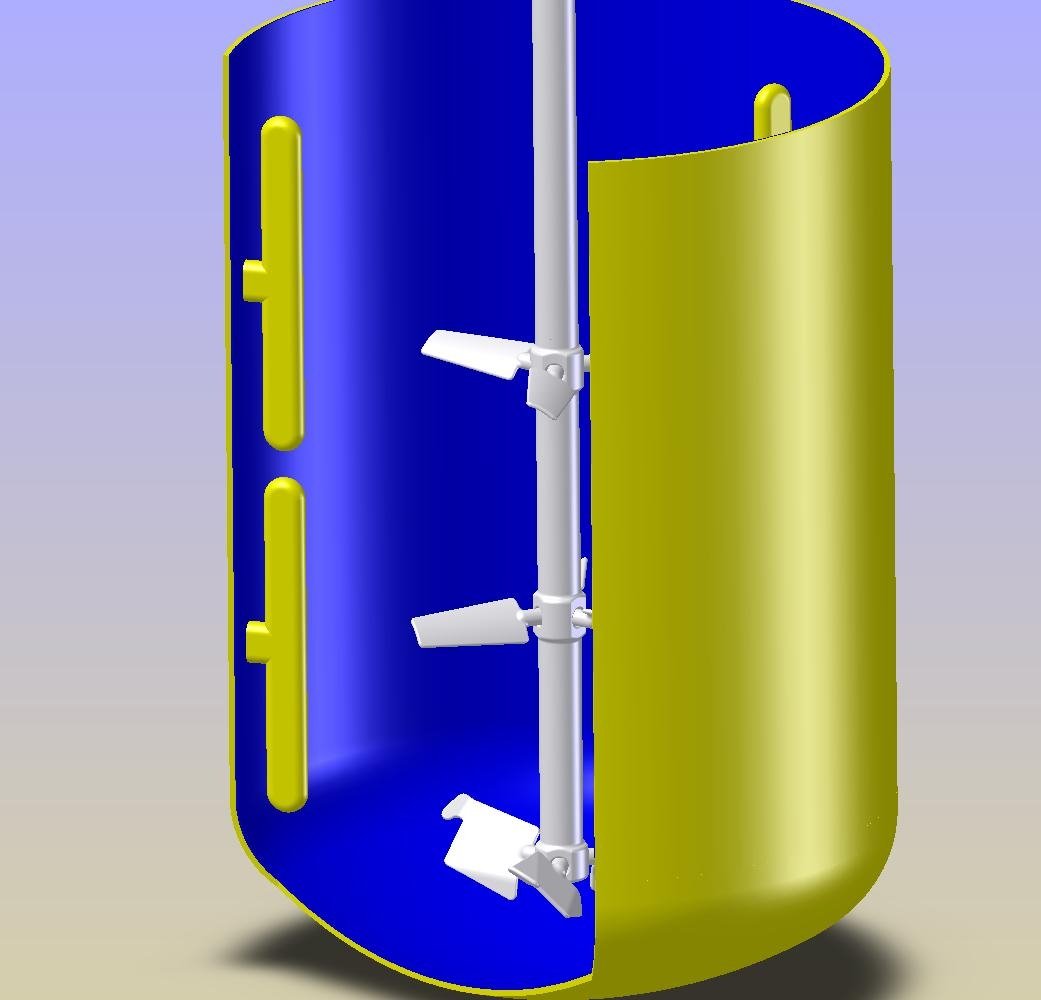
Baffles are one of the most important components in mixing. The installation of baffles in a vessel aids in breaking the rotation of the liquid and eliminates the formation of the vortex caused by high impeller speeds. The use of baffles overcomes the additional problem of air entrapment, resulting in better top-to-bottom circulation. De Dietrich keeps many sizes stocked for quick delivery.
Types of baffles offered include:
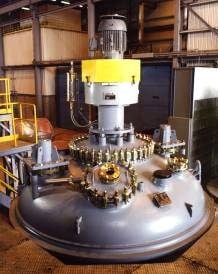
The drive system is the heart of all De Dietrich mixing solutions, powering the agitator to increase product movement and achieve desired mixing homogeneity of your process. Depending on your reactor size and agitation requirements, De Dietrich offers two types of drives that are designed to meet the special process needs of glass and glass-lined vessel users.
Depending on your reactor size and agitation requirements, De Dietrich offers Series 60 Drives or Lenze Drives that are designed to meet the special process needs of glass-lined vessel users. Both drive models are optimized for use over the entire working temperature range of a glass-lined reactor with a “non-metallic” shaft seal. Series 60 drives fit on GL and SA series reactors size 300 gallons and larger; Lenze drives are designed for CTJ reactors sizes 5 to 1,000 gallons. Both types of drives can be retrofitted to any major brand reactor. Explosion-proof and multiple-speed motors are available.
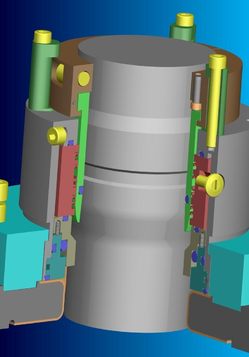
Mechanical seals are a necessary part of every agitator application. Our designs are workhorses, proven with years of rigorous 24/7 use. Mechanical seals deliver a full range of rotary configurations and component materials and are built to handle virtually any level of fluid movement.
De Dietrich offers three types of seals to complement your drive system - OptiSeal, QW, and JC seals. Even in the most demanding services, you can count on our seals to provide invisible leakage, less friction (i.e. power loss), and little to no wear on seal shafts. Their flexibility accommodates shaft deflections and they save on downtime, requiring no period maintenance.
The OptiSeal is a carbon-free mechanical seal that incorporates reliable vessel seal technology to meet the stringent process requirements in today’s pharmaceutical and chemical manufacturing environments. The innovative seal design, which is the standard on all De Dietrich reactors, helps users establish compliance with USP and BPE guidelines. OptiSeal can be built in FDA compliant materials with sizes also available for competitors' designs. The standard design offers the following advantages:
The QW seal was originally designed as a lubricated seal, and has been modified to a dry seal. It features a carbon/ceramic material of construction for the face, choice of Teflon encapsulated Viton, Kalrez, or Viton o-ring, and non-wetted metallic parts constructed of stainless steel.
The JC seal is a dry seal intended for higher pressure applications. It is an excellent design for extended seal life.
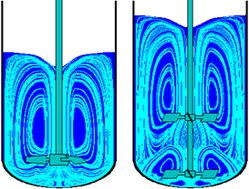
De Dietrich’s engineering team can perform a mixing simulation to define a customized agitation system to optimize your reaction process. Our exclusive software allows for a complete simulation of an existing agitation system and a thorough comparison with several alternative systems, which will:
De Dietrich can provide you with full color, time-based, axial flow diagrams; horsepower draw; overall and circulation flow rates; blend or turnover times; average axial velocities; average, maximum and wall tangential velocities; shear rates for the agitator and baffle; vortex depths; and more. Furthermore, to meet your exact needs, we can change and modify the simulated agitation system to see how different parameters will affect your process, including:
De Dietrich can give you full confidence that your process will perform to your expectations by optimizing your agitation system for the following processes:
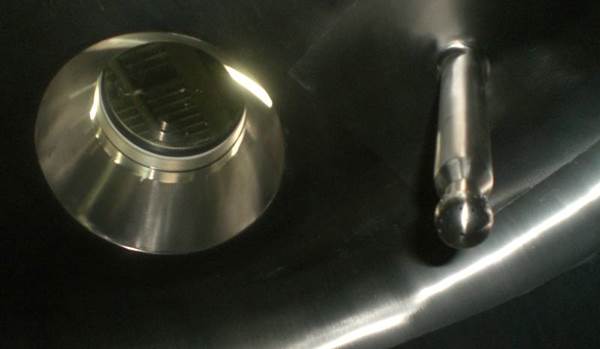
With a complete database of spray balls and documentation on their performance according to various reactor designs and products, De Dietrich can perform CIP studies and recommend the best spray ball/reactor design pairing, including parameters like spray ball material of construction, orientation, and pressure.
Once the data is analyzed on paper and theoretical solutions are recommended, riboflavin tests are performed to validate the study results. After completing the design and installing the system, we typically perform riboflavin testing in our factory (or at a customer’s site in the case of pre-installed reactors) to assure the coverage is adequate. Following the initial test, the spray balls (location and type) can be modified if needed to fully achieve the required performance objectives. The riboflavin test is then repeated and the results are documented and certified.
A typical CIP study will provide you with a thorough report, detailing:
DE DIETRICH is the world's leading provider of engineered systems, process equipment and solutions for the pharmaceutical, food, green chemistry and chemical industries.
Quick Links